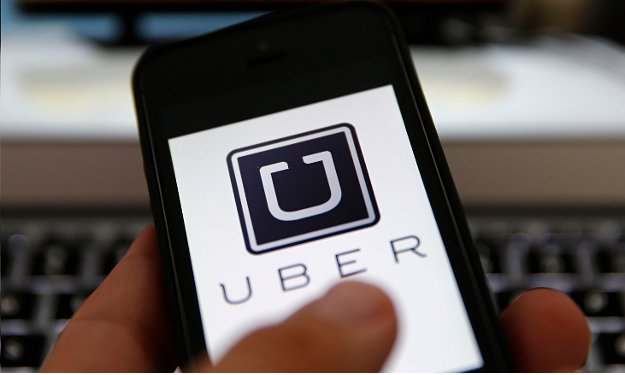The Shift in New York City’s Cab Culture

Taxi services are an essential part to the living, breathing metropolis experience. We’ve all seen the classic films with heroines perfecting the taxi-hailing technique, romanticizing the art of catching a cab, ever associated with New York City’s rich history.
According to Statistic Brain, the 13,237 taxi cabs in New York are operated by 42,000 different taxi cab drivers. Taxi cabs provide transportation to 241 million taxi passengers. Each driver averages approximately 180 miles per shift.
Obtaining a medallion, legally required to operate a taxi in New York City, is hard work and would often require the income of multiple households to acquire. A decade ago, medallions were priced at over a million dollars. Now, a medallion can be found for as low as a quarter of a million dollars. With companies such as Uber and Lyft successfully claiming their position as one of the most prevalent forms of car transportation, even common among tourists and foreign travelers, the cab culture has vastly changed.
This has upset the taxi and cab industry with the new types of car transportation affecting core operations within the city. Uber’s technology has given the company an advantage over yellow cabs, as e-hails allow drivers to waste less time finding passengers. Additionally, surge pricing lets fares soar over cabs’ metered rates.
Operating for less than seven years in New York, Uber has overtaken the yellow-cab industry in total cars on the streets. According to the New York Post, Uber’s presence significantly reigns higher in terms of both population and use. The company has 14,088 black and luxury cars affiliated with it operating in the five boroughs, compared to 13,587 medallion cabs, according to the Taxi and Limousine Commission.

So what does the future landscape of New York City look like? Investopedia has conducted research into the future of such transportation patterns stating, “As Uber increases its commission percentage, it will find that less people will be willing to take the risk of becoming an Uber driver. As the drivers are independent contractors, they are ineligible for unemployment benefits, are required to pay self-employment tax and are responsible for all the costs associated with performing their job. For an Uber driver, this means that the driver must pay for all of his gas, maintenance and insurance costs himself. Some drivers have found that they barely earn minimum wage as Uber drivers. If drivers aren’t making decent money and quit, Uber could find itself in a situation where demand far exceeds supply."
Despite the yellow taxi cab industry experiencing such competition, both from a technological and operational standpoint, they have employed steps to reclaim their title as the reigning car transportation in New York City. With newly created taxi apps employed to meet modern consumer demands, hailing a cab is as easy as clicking a button now. Investopedia continues to explore the effects mainstream companies such as Uber and Lyft have had on the yellow cab business saying, “Uber was a much needed jolt to the taxi industry. In a world where taxis can be late and expensive, and where no incentives exist for drivers to take efficient routes, Uber showed consumers what taxi service could be like. Whether Uber succeeds or fails, its presence may have been enough to help steer the taxi industry towards something a bit more Uber-like."
With new transportation solutions and car services following in suit of Uber, further flooding the streets with various transportation services, the future landscape is yet to be determined. Regardless of who wins the race, the cab culture has experienced a significant shift in everyday operations with the average New Yorker having an unprecedented amount of options in vehicular transportation. The one predictable constant in these scenarios and in the transportation industry of New York, is change. New York’s famous streets pave the way and represent the shift in how urban Americans will choose to travel in the future.
Author Bio:
Ely Baxter is a contributing writer at Highbrow Magazine.
For Highbrow Magazine






























































































































































































































































































































